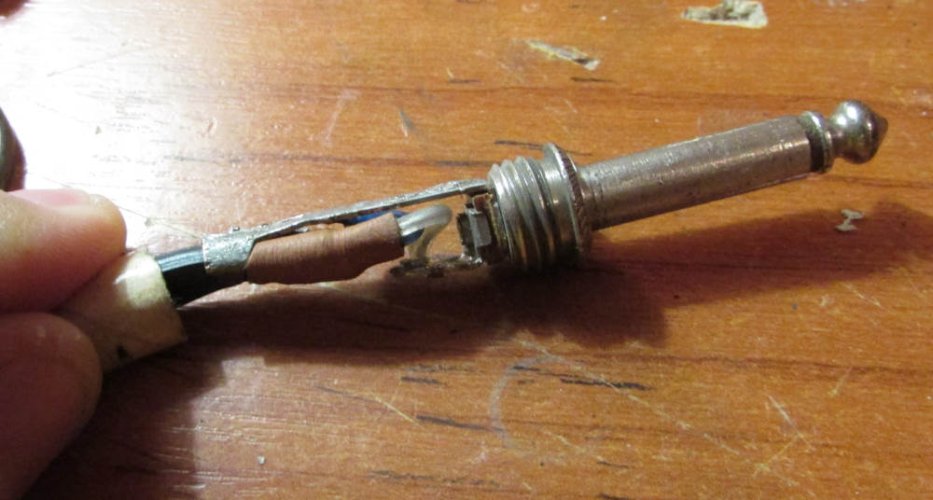shamu144
1000+ Head-Fier
- Joined
- Jan 5, 2007
- Posts
- 1,153
- Likes
- 42
Beyerdynamic just increased the MRSP of the DT48, at least here in Europe, where currency exchange will not come into consideration.
From 279 euros previously on Thomann, up to 319 euros. That is a 15% price increase, with a very unfortunate timing due to severe economic recesion hitting Europe. There is no official comunication yet from Beyer, but I asked some details.
I have the feeling however this could be a marketing tactical move, to differentiate the DT48 from the DT1350 (MRSP 269 euros in Europe). It also makes very clear that the DT1350 is no substitue for the DT48. Thank Godness! Price gap in Europe between both got larger, and sincerely, that makes a lot of sense. Beyer feel strong enough about the DT48 to make such a bold move. To me, it says a lot of the value of the DT48. Of course, I would have prefered to see a [much] lower MRSP for the DT1350, but that is a different story.
From 279 euros previously on Thomann, up to 319 euros. That is a 15% price increase, with a very unfortunate timing due to severe economic recesion hitting Europe. There is no official comunication yet from Beyer, but I asked some details.
I have the feeling however this could be a marketing tactical move, to differentiate the DT48 from the DT1350 (MRSP 269 euros in Europe). It also makes very clear that the DT1350 is no substitue for the DT48. Thank Godness! Price gap in Europe between both got larger, and sincerely, that makes a lot of sense. Beyer feel strong enough about the DT48 to make such a bold move. To me, it says a lot of the value of the DT48. Of course, I would have prefered to see a [much] lower MRSP for the DT1350, but that is a different story.























